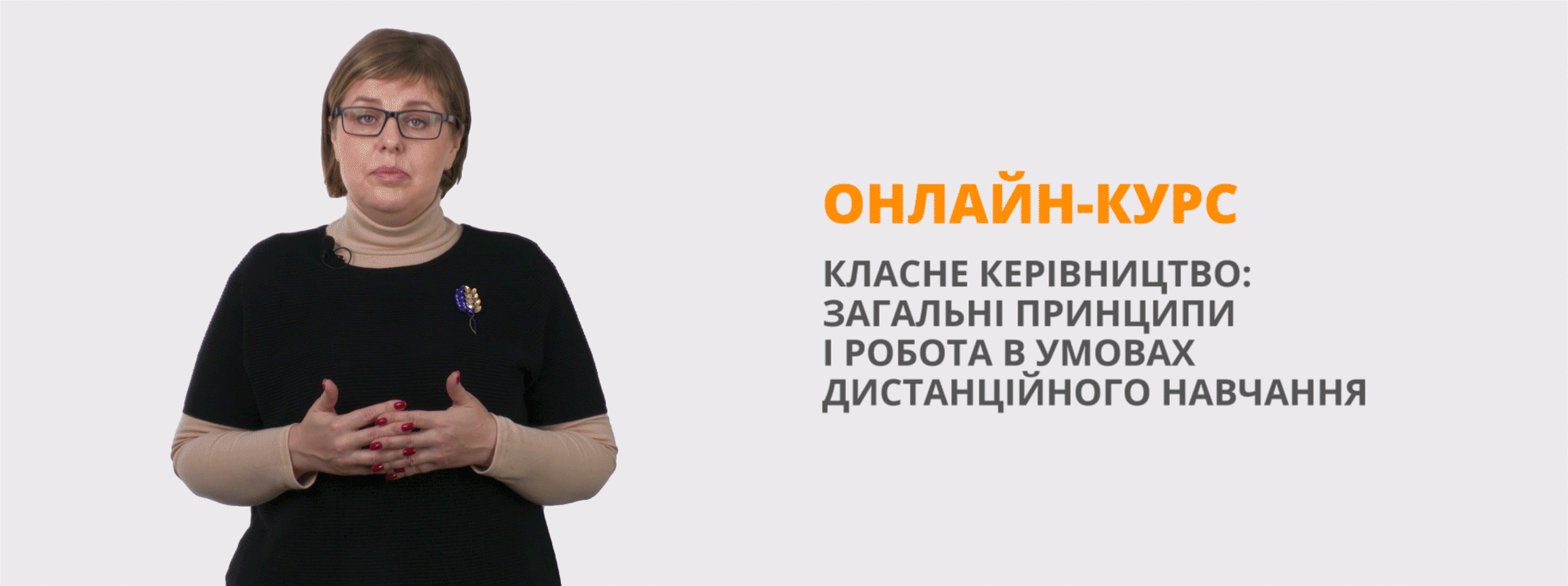Нестандартний урок математики англійською мовою "It doesn't take a rocket scientist"
ТЕМА: Силіконова долина. It doesn’t take a rocket scientist
Мета:
Практична: удосконалювати математичну компетентність; узагальнити вивчений матеріал з математики та англійської мови, закріпити уміння учнів володіти термінологією основ математики; закріпити навички описувати графіки.
Освітня: створити умови практичного застосування знань, навичок та вмінь з англійської мови під час виконання математичних завдань і надати можливість учням побачити результативність своєї роботи.
Розвиваюча: розвивати логічне мислення, пам’ять та здатність мовного самоконтролю.
Виховна: виховувати любов до вивчення англійської мови та математики.
Тип уроку: нестандартний, урок-змагання, урок-імітація.
Обладнання класу: презентація; ілюстративний матеріал, аудіоматеріал.
Обладнання для учнів: роздатковий матеріал.
Технічні засоби навчання:
ХІД УРОКУ
І. Організаційний момент.
Учитель. Hello, everyone! Today we have an unusual generalizing lesson. Our objective is to revise the material of the previous lessons, we’ll remember the main maths terms by doing Math calculations using our working language, English, we’ll try to have it in rather amusing form combining business and pleasure.
You have profound maths knowledge and I am dead sure you are future prominent researchers, distinguished engineers, reputed computer programmers and somebody might become scientists and even inventors making drones for instance for our unbroken army.
So, we will make a trip into the nearest future. Imagine yourselves working for scientific pools in the Silicon Valley. To begin with, let’s divide into two competitive teams carrying out different challengers.
II Мовленнєва зарядка.
- Учитель. - We will start with a warming up. To do the first task which is called “Maths catchphrase” you have to remind some specific mathematical terminology taking turns. Look for the clues in the pictures to identify the mathematical words.
Square roots
Rectangle
Circle
Protractor
Ruler
Volume
Bearing
Right angle
Rhombus
Minimum
III. Основна частина.
Учитель. I know that the whole last year you have been working on goods for children. You are supposed to advertise the products made by your scientific pools. They are a Maths book and a game for children.
After such perfect ads our children and their parents will rush shopping for having patronizing and fascinating commodities.
Учитель. Now you are to choose one of the words from my box. Without showing it to your competitors explain its meaning. Your opponents should guess. In case you failed it you would not get your fee (candies).
fraction
circle
subtraction
addition
multiplication
proportion
integer
subtrahend
variable
Учитель. An ancient scroll was found in Egypt under Sphynx and scientists all around the world were trying to decrypt it but they couldn’t. Surprisingly, it has been sent to our pools for help. In this scroll the word was decoded by means of maths symbols and operations. Who will do it faster?
Put the answers from greatest to smallest.
Учитель. Listen to logic puzzles and solve them.
- A man has 53 socks in his drawer: 21 identical blue, 15 identical black and 17 identical red. The lights are out and he is completely in the dark. How many socks must he take out to make 100 percent certain he has at least one pair of black socks?
Answer: 40 socks. If he takes out 38 socks (adding the two biggest amounts, 21 and 17), although it is very unlikely, it is possible they could all be blue and red. To make 100 percent certain that he also has a pair of black socks he must take out a further two socks.
- You’re at a fork in the road in which one direction leads to the City of Lies (where everyone always lies) and the other to the City of Truth (where everyone always tells the truth). There’s a person at the fork who lives in one of the cities, but you’re not sure which one. What question could you ask the person to find out which road leads to the City of Truth?
Answer: “Which direction do you live?” Someone from the City of Lies will lie and point to the City of Truth; someone from the City of Truth would tell the truth and also point to the City of Truth.
Учитель. Our pools are very often busy with analyzing different charts and graphs as far as you are often asked by local councils or by the government. We have got a new request to analyze the criminal situation in the country.
Учитель. We are going to check our abilities to listen, hear an understand, we’ll try to be cooperative, helpful and considerate. Besides we’ll pretend to be a cubist artist for drawing a picture. I will give you a sheet of paper. Your task is to draw a picture considering the instructions of your partner. We’ve got a time limit – 5 minutes. Which pool will be more accurate and fast?
- Draw a small triangle in the middle of your page.
- Draw a circle in the triangle.
- Above the triangle, draw a square.
- At the bottom of the page on the left, draw an oval.
- At the bottom of the page on the right, draw a rectangle.
- Between the oval and a rectangle, draw a square.
- Write the numbers 1-9 across the top of your page.
- Draw three circles under the triangle.
- On the right of the page at the top, draw a big triangle.
- In the big triangle, draw a square.
ІV. Заключна частина
I’ve always known you are very smart and clever and today you have proved it again. Thank you for your fruitful work and cooperation. Our competition ended in a draw.


про публікацію авторської розробки
Додати розробку
